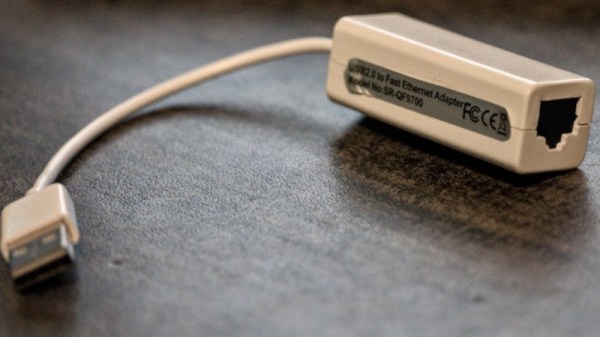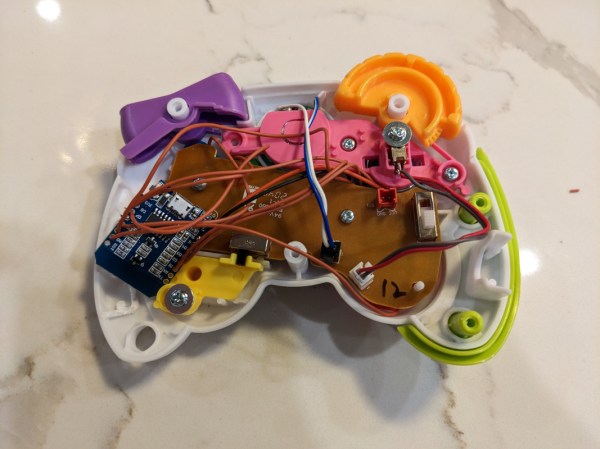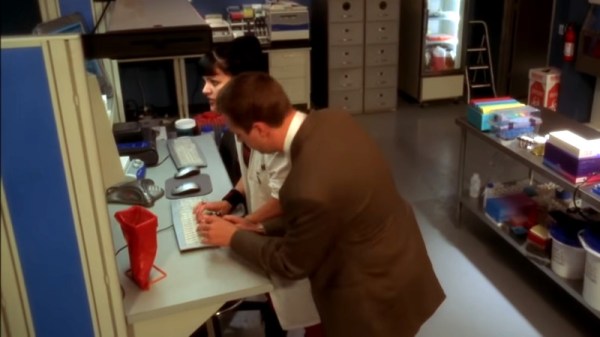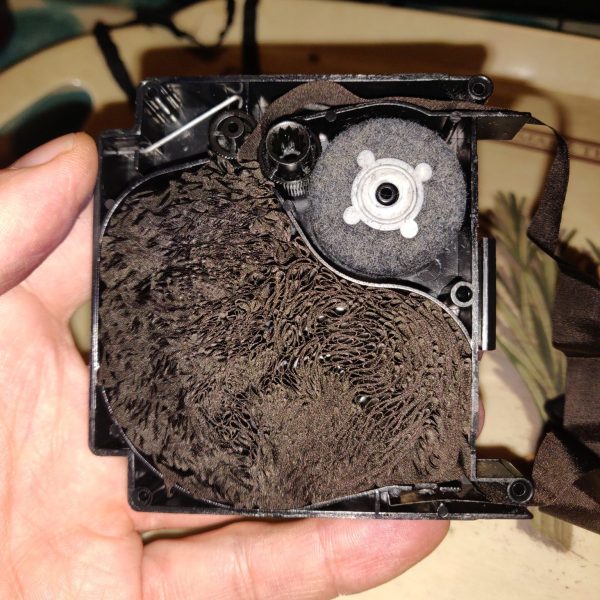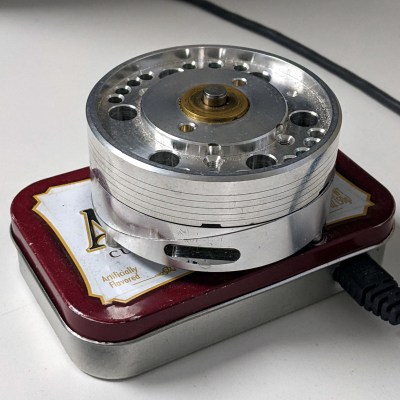A mildly annoying trend over recent years has been for USB hardware devices to expose a CD-ROM drive containing their drivers for Windows users. Of course there’s no real CD in there, instead the software lives on a piece of flash memory. It’s usually not a problem as they also appear on the USB bus as their true calling, but not always.
[Martijn Braam] found himself the lucky owner of a USB network adapter which seemed to see its only purpose in life to be such a drive, and since he wasn’t anxious to make another piece of e-waste, he broke it open to see if the fake CD drive could be disabled.
Inside the flimsy case he found a CoreChips SR9700 Ethernet controller, a chip for which there seems to be very little data in the wild. On the underside of the PCB was a flash chip, and as expected disabling this caused the CD drive to disappear to be replaced by the expected network card.
It’s a simple but useful hack, but there’s a little bonus for those unaware in the write-up. There’s a piece of software called USB_modeswitch that can perform this task on many cards, which is worth storing away in the event that it’s needed.

